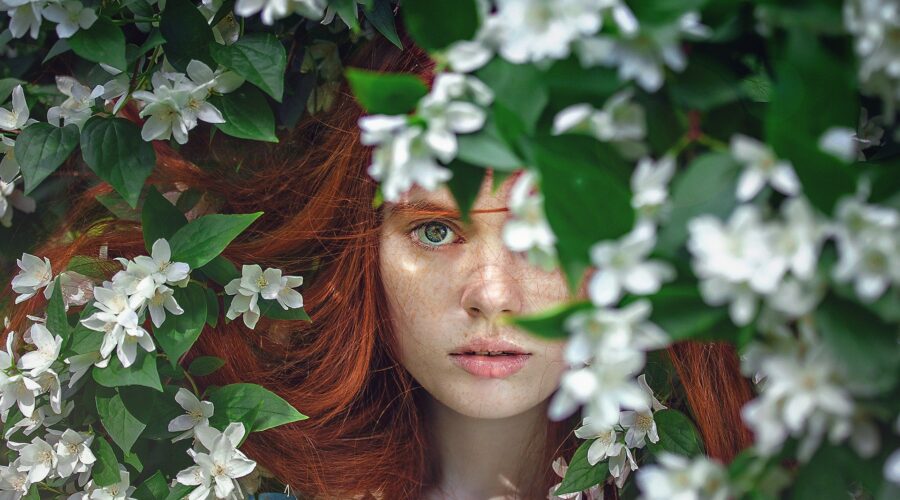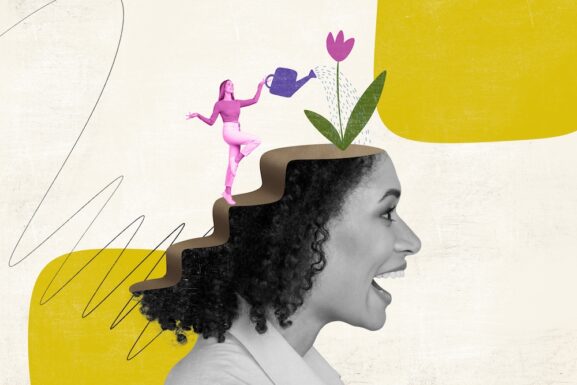The Collective Unconscious And Psychedelics – How They Relate
The collective unconscious is a term some may remember from high school. It refers to the unconscious mind and shared mental concepts, with psychiatrist Carl Jung receiving acclaim for the idea.
But how does the collective unconscious relate to psychedelics? Some may say these powerful drugs create elements of fantasy and wild imagination. They may lead to the inability to control thoughts and emotions. And some may say psychedelics distort how users perceive the world.
Although all of these statements are true, there’s a larger answer at play: They both contain content without a general context. To the dreamer or the person experiencing hallucinations, the images that present themselves during their state may have deeper meaning after deeper analysis. But to the general public, they typically don’t make sense.
There is some science behind dreams and their potential meanings, but the research is still pretty scarce as they all depend on the person interpreting and recapping their dream. This leaves a lot of space for emotions and thoughts to get through. This could even change parts of the dream to better fit the conscious mind.
Still, many of these images seem to share similar topics, which is the foundation of depth psychology. Described as a variety of approaches to therapeutic traditions and tools that explore the subtle, unconscious, and transpersonal aspects of human experience. It stems from the teachings and theories of Carl Gustav Jung, a famous Swiss psychiatrist of the early 19th century who invented and developed Analytical Psychology.
One of the foundational concepts of depth psychology is the collective unconscious.
RELATED: Tuesday Blues: What To Expect After An MDMA Experience
The Collective Unconscious
The term collective unconscious represents a form of the unconscious which is common to all mankind, stemming from the inherited part of the brain. This unique and abstract concept was, once again, coined by Carl Jung after working with schizophrenic patients.
He used the Freudian theory of unconscious where the unconscious is the primary source of human behaviour, unable to access through the conscious mind, but significantly affecting it.
Jung took it a step further and introduced something called the archetypes which form the structure of the collective unconscious. There are four main archetypes:
- Persona
- Shadow
- Anima, Animus
- Self
According to Jung, each represents the matrix which influences human thinking.
Carl Jung believed these archetypes are patterns of human behavior which are derived from “the often repeated observation that myths and universal literature stories contain well defined themes which appear every time and everywhere. We often meet these themes in the fantasies, dreams, delirious ideas and illusions of persons living nowadays.”
This is why Jung studied dreams and hallucinations to try to discover and learn about these archetypes and see how they transform and show up through each individual.
He explains the collective unconscious as something the humankind as a whole is born with and shares, and as such, cannot be controlled or understood by our usual way of knowing.
RELATED: What’s The Difference Between MDA And MDMA? We Explain
Psychedelics
Psychedelic compounds create visual, sensory, and auditory distortions — these are hallucinations. The person taking them experiences a variety of effects, most of which they can’t control. That’s why almost all of them describe their sensations as “dreamlike” or “out-of-body.”
In human minds, this compares to dreams, which is the only medium through which we experience similar distortions.
When embracing the collective unconscious as Jung presents it, it means a person believes psychedelic compounds invokes a similar experience. This creates a possibility of tapping into the unknown and unconscious with a tool we can control and tamper with. This is why the connection between psychedelic therapy and a variety of mental health issues is so important.
RELATED: Mandrake Root: Healing, Harming, And Magical Properties
The Unveiling Of The Mystical
Many, if not most mental health disorders, tailor to the individual suffering from them. They get triggered and activated by different stimulants, repressed and relieved by different healing techniques and medications. Many people process similar experiences differently.
Still, one of the most common themes that threads through them is fear of the unknown. This is where the foundation of anxiety exists — and, with it, the root cause of many mental health issues.
Due to fear and uncertainty, many people often feel out of control. This makes it difficult to get a grasp on reality and avoid stress or anxiety.
RELATED: The 10 Best Psychedelic Documentaries
How Psychedelics May Help This Unconscious State
Psychedelics help remove that barrier, allowing the content of the unconscious state to push through.
Each person experiences psychedelics in a different way, and the reason for it is the content that emerges from the unconscious state of that specific person. The aforementioned fear of the unknown tackles the ego and allows for the unconscious to swim out. Jung believes that the unconscious reveals itself in both the personal and the collective. As the collective intertwines with the personal, a variety of images, energies, and complexes opens up the world.
To Jung, this leads to healing and personal catharsis — something he calls “numinosity”. This is where overwhelming feelings burst when a person’s mind is confronted.
This highlights the power of the unconscious, and shows how it may impact the following.
- Trauma
- Fears
- Anxiety
- Other mental health disorders
Through the psychedelic experience, one can tap into that healing process and get deep into the unconscious. This will integrate the personal with the collective, and may open up a new realm of treatments.
The Collective Unconscious: Conclusion
The theory of the collective unconscious is an interesting way to go about the psychedelic experience. If embracing the belief, one can change the experience and the setting. This may, potentially, allow a psychotherapist to go deeper into the unconscious.
Carl Jung’s theory about the collective unconscious remains a mystery, and psychedelics may very well help us alleviate collective issues.
Disclaimer: We do not endorse the illicit use of Schedule 1 psychedelic compounds in a non-therapeutic setting. We do, however, hope the regulations look at the research to understand how these drugs can used in powerfully positive ways.



